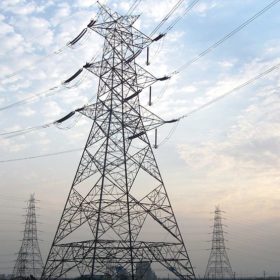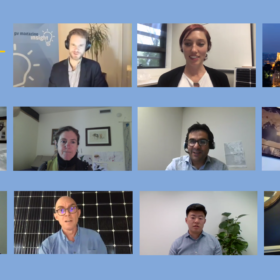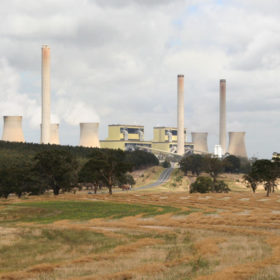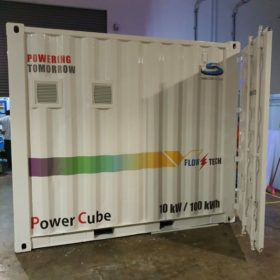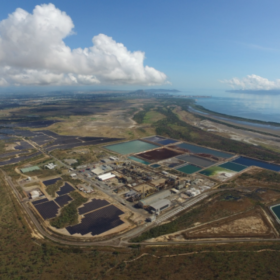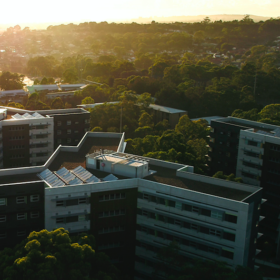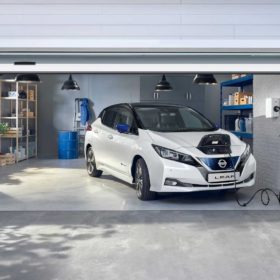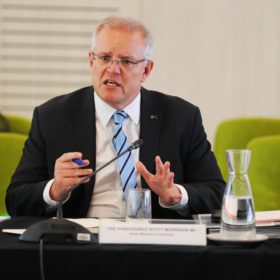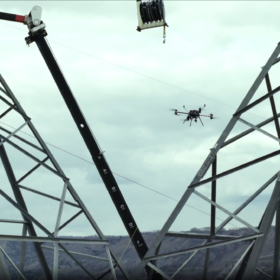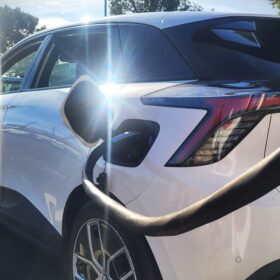‘Renewable energy superhighway’ linking Victoria to NSW kick started by bilateral funding agreement
Work on a new electricity transmission line linking Victoria and New South Wales is going ahead under a joint funding agreement between Victoria’s state government and the federal coalition.
Interview: Education, reforms needed to drive quality battery storage
While long hyped, uptake of residential battery storage is continuing to underwhelm, according to BayWa r.e. Solar Systems managing director Durmus Yildiz. In the wake of the Insight on Quality session of the All-Energy Australia virtual conference, Yildiz says he has reservations about battery safety and quality, and that education is needed to drive the application’s growth.
AGL continues large-scale storage surge with 200 MW Loy Yang project
AGL’s ambitious 850 MW target of new large-scale battery storage in its portfolio by FY 2024 is seeming less like an opportunity and more like an inevitability with each passing week. Following on from last week’s announcement of a 250 MW, four-hour-duration battery at its Torrens Island Power Station in South Australia, AGL has this week announced a 200 MW battery project at Victoria’s Loy Yang A power station.
Solar for trekking
Belgian start-up Sunslice has developed small, portable, high-performance solar panels that can be applied to backpacks and be used as rechargers for smartphones and watches.
Interest grows in going with the vanadium flow
The choice of battery storage technologies in support of solar energy supply is broadening to suit a variety of emerging applications. VSUN has just made its first power play for vanadium-redox-flow batteries in the off-grid residential market.
Green Zinc! Sun Metals joins RE100
For a company that has its own big sunny solar farm and is developing a companion green-hydrogen production plant, the next step must be to formalise its commitment to go 100% renewable.
What’s NUW in energy? An alliance of three NSW universities concentrates clean-energy expertise
Recognising that the major problems facing the world can’t be solved by any one organisation, three New South Wales universities at the peak of renewable-energy research have rewritten the rules of collaboration to influence policymakers and accelerate solutions to market.
How to throw EV uptake into reverse!
Some Australian states are choosing this moment to ensure that electric vehicle drivers are paying their fair share of funds needed to maintain road infrastructure — given that they don’t contribute via fuel excise. The moves are expected to throw a spanner in the works of drivers deciding in favour of zero-emissions motoring.
Weekend read: Energy supply in an archipelagic nation
Mobile electricity storage systems (MESS) – batteries that are charged and then transported – could offer one of the best scenarios for electrification across the vast Indonesian archipelago, which spans more than 17,000 islands. A team at the University of Indonesia is working with multiple government agencies to bring the idea to scale and provide affordable electricity to rural Indonesians.
Morrison to feel the heat as U.S. turns to clean energy future
The election of Joe Biden as U.S. president is set to heap further pressure on Australian Prime Minister Scott Morrison to lay out a clear and firm strategy charting the nation’s transition to a clean energy future.
